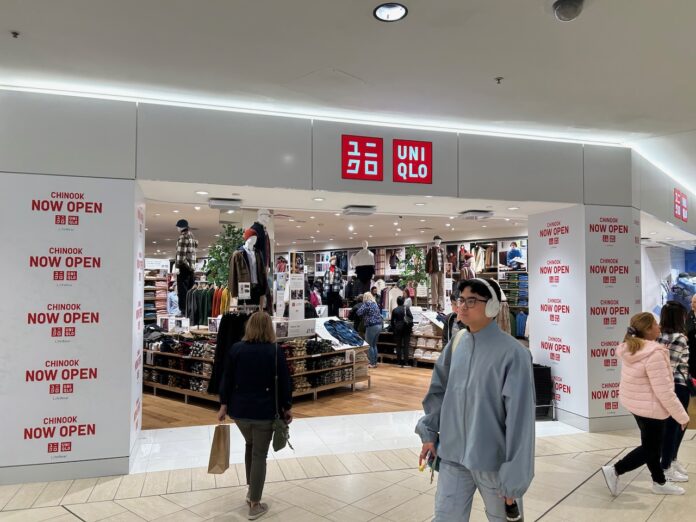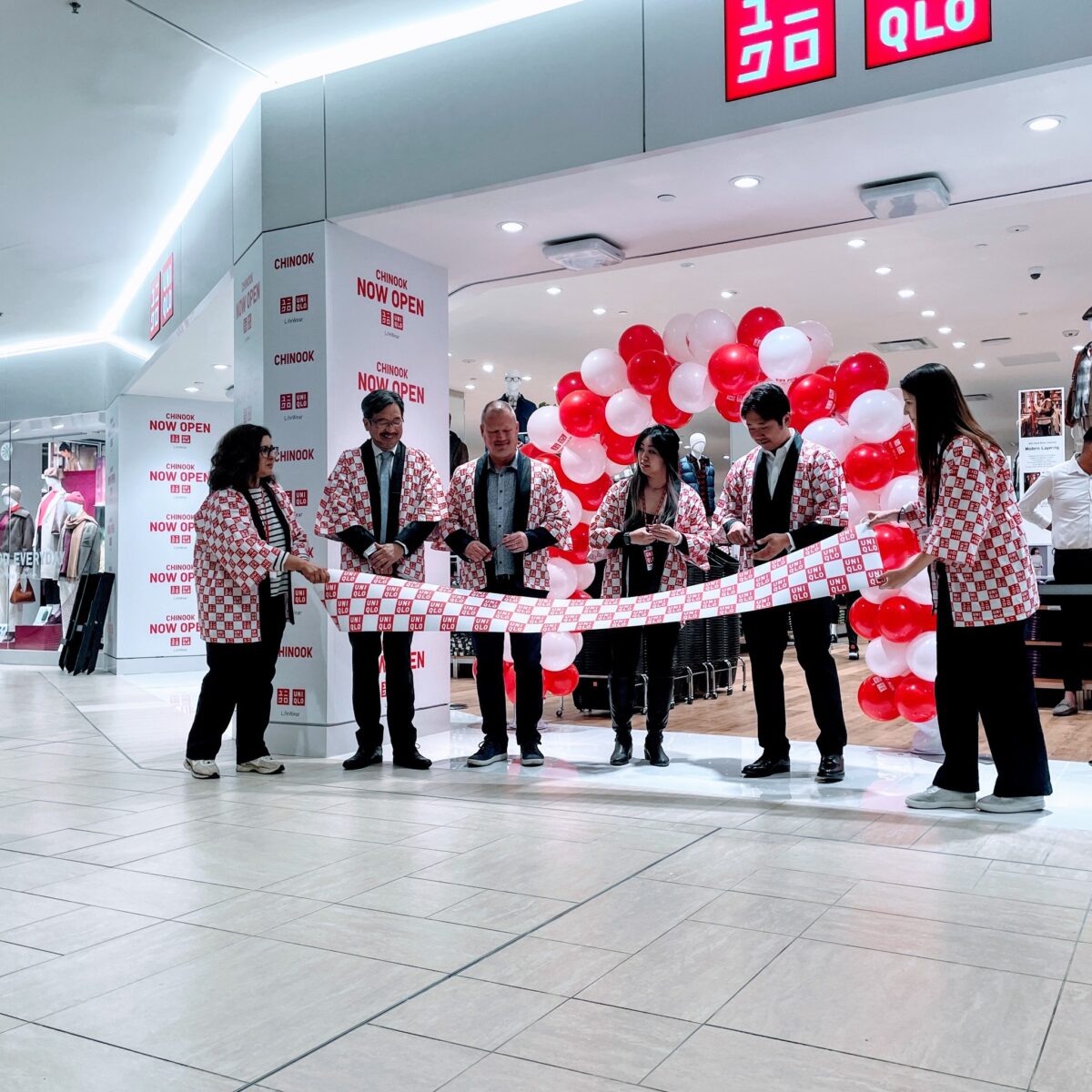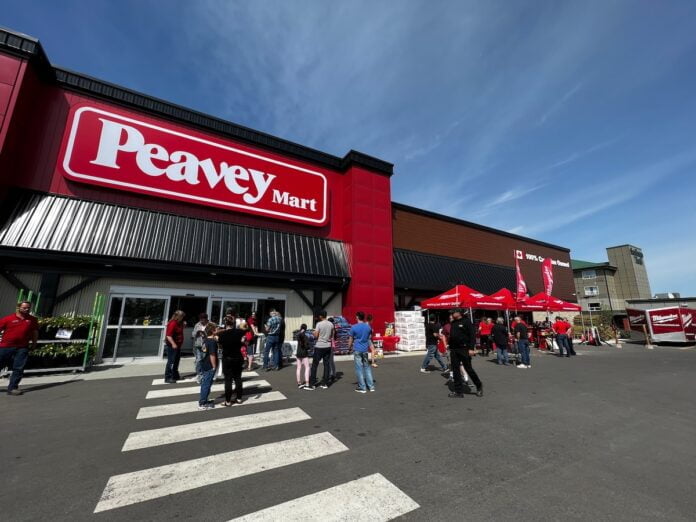Bakebe, the Hong Kong-founded experiential baking studio that has made waves across Asia, is entering the Canadian market this fall. The innovative co-baking concept, created by celebrity entrepreneur Venus Chi, will debut at CF Markville Mall in Markham, north of Toronto. This marks Bakebe’s first Canadian location and the beginning of what could be a broader expansion into North America.
Founded in 2018, Bakebe has pioneered what it calls “co-baking,” where guests can create professional-quality cakes guided by an interactive app. The model has proven popular in Hong Kong, Malaysia, and the Philippines, where Bakebe has become a go-to destination for celebrations, group outings, and social media-worthy experiences.
“Toronto is incredibly diverse, creative, and family-oriented. It felt like the perfect city to introduce Bakebe in North America,” said founder Venus Chi in an interview with Retail Insider. “Markville Mall was an exciting choice because it’s a high-traffic, well-loved retail hub that’s actively embracing experiential concepts. It gives us a great launchpad into the Canadian market.”

A New Model for Baking Experiences
The Bakebe concept was born out of Chi’s frustration with traditional baking classes. After a disappointing experience in which a class she booked was cancelled, she experimented with self-teaching via YouTube. The outcome, however, was a costly waste of ingredients and time. “I realized that so many people love the idea of baking, but they’re intimidated by the process, or they don’t have the tools or space,” she said.
Bakebe solves that problem with its app-driven system. Guests select a recipe from a tablet, follow detailed step-by-step video and graphic instructions, and bake in a premium, Instagram-worthy studio environment. Every tool and ingredient is provided, and trained staff remain available to help if needed. The model has been refined over the years to ensure what Chi describes as a 95% success rate, with health-conscious, low-sugar recipes and cakes designed to be both beautiful and approachable for beginners.
“Unlike a traditional baking class, Bakebe is completely self-guided through our custom app, which means guests can move at their own pace—solo or with friends,” said Chi. “It’s an experience that’s both structured and creative.”
From Hong Kong to Global Expansion
Bakebe has steadily grown beyond its flagship in Hong Kong, where it became known as a haven during the pandemic. For many, it was a therapeutic outlet in an otherwise stressful urban environment. The studios proved adaptable, serving as spaces for birthdays, proposals, dates, and team-building events.
“We realized this concept had universal appeal,” Chi explained. “So we expanded to Malaysia and the Philippines, where we tailored the experience slightly to fit local tastes and preferences. Each new location brought fresh insights that helped us refine the model further.”
The Canadian debut represents Bakebe’s entry into Western markets and a strategic step toward expansion in North America. According to Chi, the team is already scouting additional sites in Vancouver, Montreal, and Calgary.
“Canada is a great testing ground with a lot of cultural overlap with the U.S., and the insights we gain here will help shape how we grow across the continent,” she said.

Inside the Markville Studio
The new Bakebe at CF Markville will closely mirror the brand’s Asian studios while incorporating localized elements. The interior design blends café aesthetics with studio functionality, aiming for what Chi describes as an “Instagram dream.” Guests will find bright interiors, fully equipped baking stations, and a premium atmosphere intended to encourage creativity.
When arriving, customers select from a menu of recipes, ranging from whimsical themed cakes to elegant multi-layer creations. After choosing, they don their aprons and begin the project. The app provides step-by-step guidance with timers and visuals, ensuring even beginners can produce professional-looking results.
At the end of the session, cakes can be enjoyed on-site or taken home. The experience is designed for flexibility, accommodating individuals, couples, families, and groups. “Bakebe is multi-generational and inclusive. It’s really for anyone who wants a fun, creative, hands-on experience,” said Chi.
Positioned at the Heart of Experiential Retail
Bakebe’s arrival in Canada highlights a broader shift in retail toward experience-driven concepts. Shopping centres are increasingly curating tenants that offer more than just products, responding to consumer demand for activities and social engagement.
“Bakebe sits right at the center of experiential retail, because it’s not just about what you buy—it’s about what you do,” said Chi. “People crave experiences they can share, remember, and learn from. Bakebe turns a retail space into a creative playground, and that aligns perfectly with how malls and shopping centres are evolving.”
This shift is particularly relevant for Markville, a centre that has actively embraced food, entertainment, and lifestyle concepts alongside traditional retail. For Bakebe, the location provides both visibility and an audience aligned with its target demographic of young families, students, professionals, and social groups.

Group Events and Social Celebrations
One of the most successful drivers of Bakebe’s growth in Asia has been its popularity as a venue for group activities. Guests book sessions for birthdays, bridal showers, anniversaries, and corporate team-building events. The Canadian studio will emphasize this same role, marketing itself as a go-to destination for celebrations and social gatherings.
“We’ve seen parents book sessions for their kids, couples come for date nights, and companies host team-building events,” Chi said. “Bakebe is designed to be more than just a studio—it’s a space where people create memories together.”
The experience also taps into the growing appeal of “edutainment” for children, where activities combine learning and fun. For parents seeking alternatives to traditional party venues, Bakebe offers a hands-on activity with a delicious reward at the end.
Technology Meets Creativity
Bakebe’s app is central to its success, providing a structure that makes baking accessible without removing creativity. Each recipe is broken into clear, visual instructions, with video clips personally developed and edited by Chi to ensure clarity.
“The app breaks everything down into easy-to-follow instructions, so even beginners can get great results,” she said. “But there’s always room for customization—whether it’s how you decorate, how you plate your creation, or what flavours you add. It’s like paint-by-numbers, but for baking.”
This fusion of technology and creativity is what sets Bakebe apart, giving it an advantage over both traditional classes and static café concepts.

Partnerships and Support in Canada
The Canadian launch is being supported by Accencis, a partner with expertise in both real estate and brand-building. “Accencis has been an incredible partner in bringing Bakebe to Canada,” said Chi. “They understand both the real estate side and the brand-building side, and they’ve helped us localize the experience while staying true to our core.”
With their backing, Bakebe is planning not only to introduce its concept in Toronto but to build the operational framework for future Canadian locations.
Looking Ahead: Expansion and Evolution
While cakes remain Bakebe’s signature, Chi is already exploring ways to expand the brand into adjacent creative and culinary activities. “We want Bakebe to be a hub for creative expression—not just baking,” she said. Future possibilities include workshops in dessert-making, edible art, floral cake decorating, and even DIY drink pairings.
The long-term goal is to keep evolving with the needs of its community, positioning Bakebe as both a retail concept and a lifestyle experience. Success, according to Chi, is measured less by revenue and more by resonance. “Are people coming back? Are they sharing their experience? Are we becoming part of the local culture and community? That’s how we measure success,” she said.






























